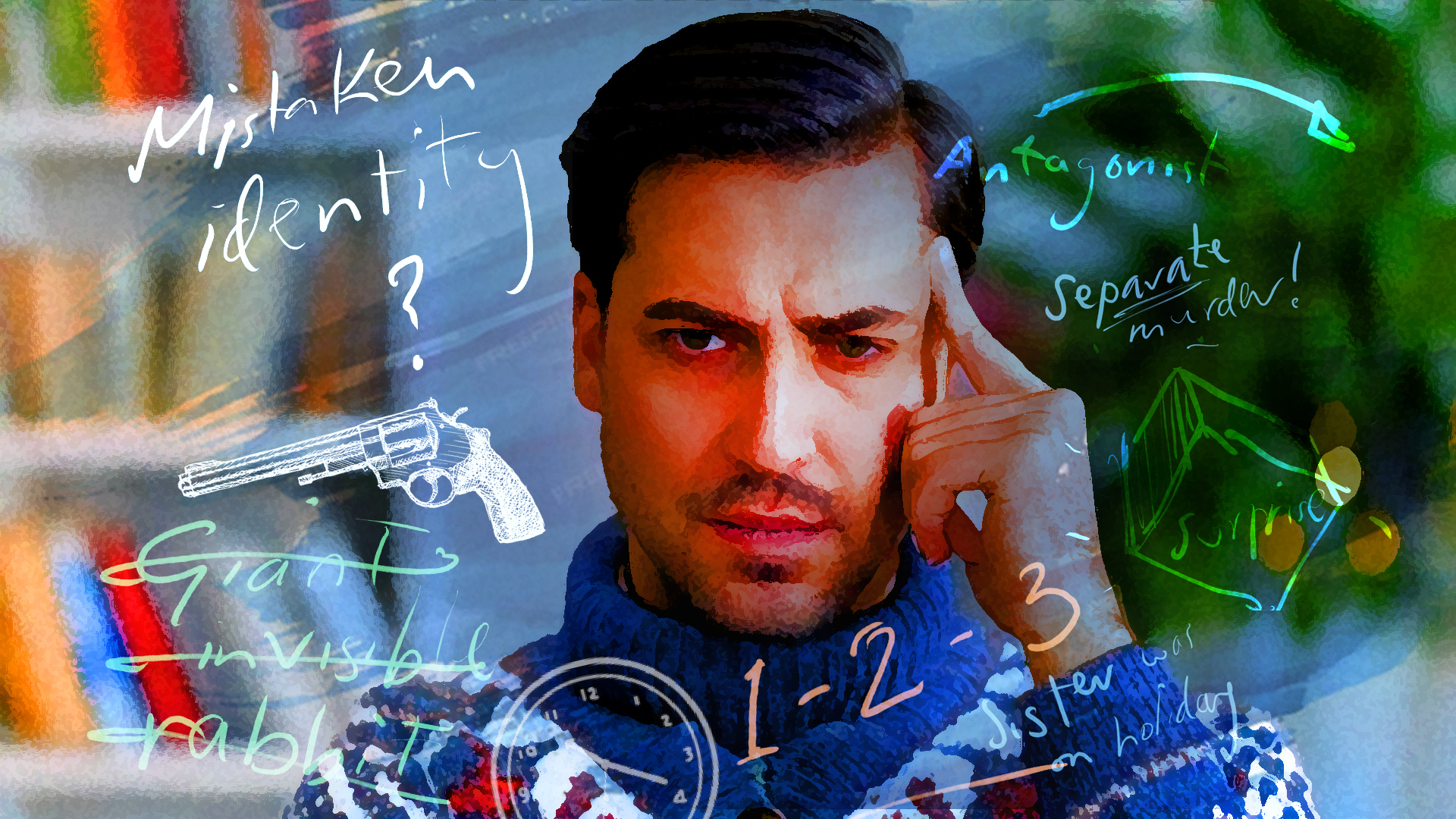There are many good reasons for writing without ChatGPT. Putting aside the whole seething can of worms that is Generative AI for one moment (e.g. the huge environmental cost, the errors, the plagiarism, the general crushing of the human spirit), there’s another sense in which ChatGPT etc can be problematic for writers.
Writing is hard and time consuming, and asking Generative AI is easy and quick. And because it’s so easy and quick, it’s tempting in that early stage, when you’re faced with the blank page, to think, I’ll just see how ChatGPT would tackle it. Or, I’ll just check if my idea is going to work. I won’t actually use it, but it will give me a structure to follow. Or, add your own excuse here.
"All that early stage thinking is absolutely necessary for you to write something good."
But the thing is, the first draft is where you do your most important thinking. It’s where you start to put yourself on the page. That messy, difficult first draft is where the real writing starts. All that early stage thinking is absolutely necessary for you to write something good. And by good, I mean original, relevant, interesting, engaging and worth reading.
Sometimes that messy first draft can be the most fun part of writing. Give yourself permission to just write and see what you say. You get into the swing of it and words appear on the page as if by magic. (It’s not magic, it’s your subconscious, but it’s uniquely you and that’s a kind of human magic).
"Sometimes that messy first draft can be the most fun part of writing."
But just as often that messy first draft can be painful and frustrating, and the words don’t come and it’s like trying to build a bridge out of jelly or a castle out of feathers.
But you need to work through it. Keep writing.
The most important stage of creating a piece of good writing is getting your ideas down on paper, and flavouring those ideas with your experiences, memories, insights. Only you can do that.
Here’s how to manage the first step
Step 1. Know why. Know why you’re writing this particular thing. What’s the purpose of it? What do you want the reader to think and feel by the end of it? And know who you’re writing for. Get a real somebody in mind. The focus on your purpose and your reader will help you filter your thoughts and ideas.
Step 2. Set a timer for 25 minutes. Open-endedness can be daunting. If the combination of a blank sheet and endless time paralyses you, knowing that you only have to do it for a short time can give you the push you need to get you started. And once you’ve started it’s easier to keep going.
Step 3. Write without stopping. Dive straight in. Forget about starting at the beginning. Trying to write a fantastic first line or a great introduction is a shortcut to writer’s block. Begin slap bang in the middle if you like. Don’t worry about grammar or punctuation or proper sentences. Don’t worry about the order that thoughts appear in. Let them tumble out. And if they don’t tumble out, forget about writing in lines altogether and draw yourself a mind map or a great big list. Whatever it takes, dig for your ideas and explore them in words.
And… 1,2,3… 1,2,3
When the timer goes, stop and take a break. If you feel like you’ve got more to say, write for another 25 minute block. Repeat until you’ve excavated as much as you can.
The next stage is weaving those ideas and personal insights into a narrative with a satisfying beginning, middle and end. It’s best tackled after a break of a couple of hours, or even longer. And it’s where the writing starts to resemble a piece of writing and not a disordered splurge. And, guess what, although Chat GPT might feel like a help at this stage, you’re still the best person to do that too.
"More memories and experiences will surface, and your writing will become more colourful and more original"
That’s because the process of ordering and structuring your ideas and insights will strengthen them. And as you reread and rework your first draft, more memories and experiences will surface, more connections will spark, and your writing will become more colourful and more original. Good writing is good thinking, and the more of the thinking you tackle yourself, the clearer and more engaging your writing will be.
If you want your writing to be good, you can’t shortcut the thinking process.
The only way round is through.





What do you think?